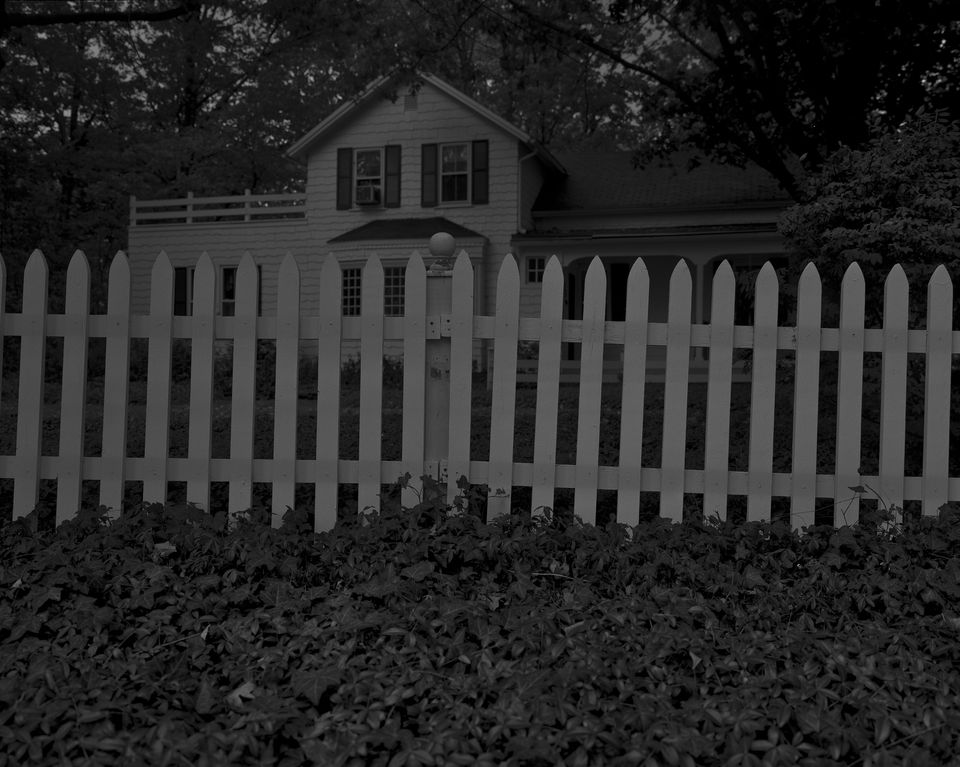Artwork Details
- Title
- Swing Low, Sweet Chariot
- Artist
- Date
- ca. 1944
- Location
- Not on view
- Dimensions
- 28 5⁄8 x 26 1⁄2 in. (72.6 x 67.2 cm)
- Credit Line
- Gift of the Harmon Foundation
- Mediums
- Mediums Description
- oil on paperboard
- Classifications
- Subjects
- Landscape — river
- Figure group — female
- African American
- Animal — horse
- Figure male — full length
- Architecture — vehicle — carriage
- Religion — angel
- Object Number
- 1983.95.52
Artwork Description
In Swing Low, Sweet Chariot, a line of fashionable angels welcomes a man to heaven. Having arrived by a horse-drawn chariot, he greets them with open arms. In the Bible, the prophet Elijah was carried to heaven by a chariot of fire at the end of his life. Swing Low, Sweet Chariot is also the title of an African American spiritual of slave origins. The song is attributed to Wallace Willis, a slave from Oklahoma; his inspiration was the land beyond the Ohio River. Like other songs of resistance, the spiritual uses encoded language that would have been familiar to slaves. "Home" could mean either heaven or land of freedom. The lines "I looked over Jordan and what did I see/Coming for to carry me home/A band of angels coming after me" refers to the town of Ripley, Ohio, which was a station on the Underground Railroad. The town is located on a hill across the Ohio River, a difficult point of the journey to freedom. At this juncture, the fugitive slaves had to wait for helpers to arrive before they could continue. The artist, William H. Johnson, chose a subject that would have been familiar to African Americans, fashioning traditional religious symbols into an image meant for this community.
Works by this artist (1036 items)
Audio
Born: Florence, South Carolina 1901–Died: Central Islip, New York 1970
Swing Low, Sweet Chariot
about 1944, oil on paperboard
This is a modal window.














